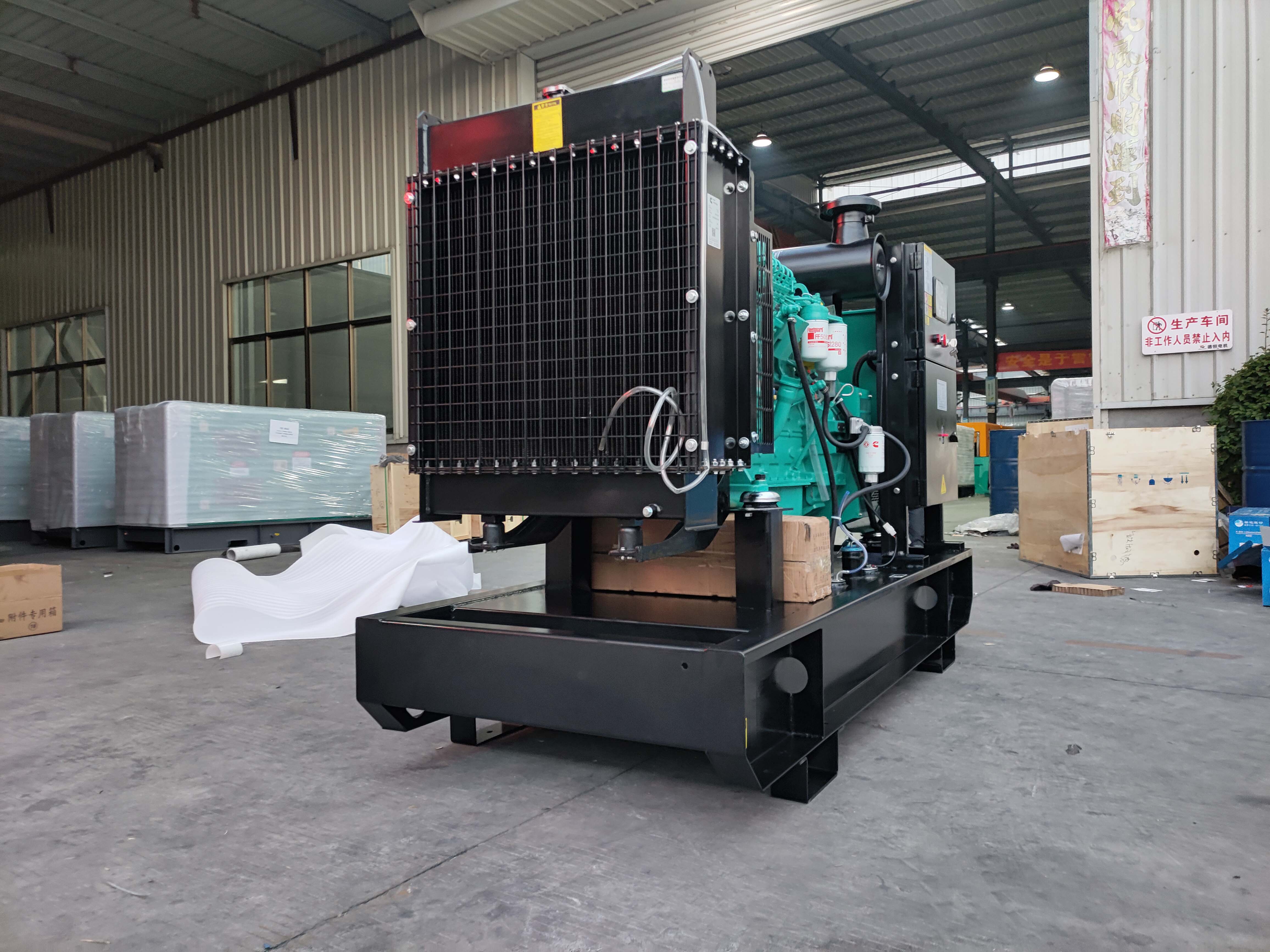-
Tel : +86-591-86397381
-
Email : sale@hosempower.com
-
Skype : +86-13205904365
Tel : +86-591-86397381
Email : sale@hosempower.com
Skype : +86-13205904365

What's the Ffunction of the Radiator of the Generator?
The function of the radiator on a diesel generator is to cool the engine by removing excess heat. During the combustion process, the engine produces a large amount of heat that must be dissipated to prevent the engine from overheating. The radiator is responsible for this process by circulating coolant through the engine and removing the excess heat. As the coolant flows through the engine, it absorbs the heat and transfers it to the radiator. The radiator then uses air flow to dissipate the heat from the coolant, cooling it down before recirculating it back into the engine. Without a functioning radiator, the engine would quickly overheat, causing severe damage and potentially leading to a catastrophic failure.

How to Do the Regular Maintenance for the Radiator?
Check the coolant level regularly: The coolant level should be checked at least once a week when the generator is in use. The coolant should be filled to the recommended level to ensure proper cooling.
Clean the radiator fins: Over time, the radiator fins can become clogged with dirt, debris, and insects. This can impede air flow and reduce cooling efficiency. To clean the fins, use a soft brush or compressed air to blow away any debris.
Check the radiator hoses: The radiator hoses should be inspected regularly for signs of wear and tear, such as cracks, leaks, or bulges. Replace any damaged hoses immediately.
Check for leaks: Leaks in the radiator can cause the coolant level to drop, leading to overheating. Inspect the radiator for signs of leaks, such as wet spots or corrosion. If a leak is detected, it should be repaired immediately.
Use the recommended coolant: Always use the recommended coolant for the generator. Mixing different types of coolant can cause damage to the radiator and other parts of the cooling system.
Service the cooling system regularly: It is important to service the cooling system regularly, following the manufacturer's recommendations. This may include flushing the system, replacing the coolant, and inspecting the thermostat and water pump.
If Find a Leaking on the Radiator, How to Repair It?
Identify the location of the leak: Start by locating the source of the leak. This can be done by inspecting the radiator for any visible cracks, holes, or damage. Additionally, check for any wet spots or puddles of coolant around the radiator.
Drain the coolant: Once the location of the leak is identified, the coolant in the radiator must be drained. This can be done by opening the drain valve or removing the lower radiator hose.
Remove the radiator: The radiator must be removed from the generator to be repaired. This can be done by disconnecting the hoses and brackets that hold the radiator in place.
Repair the leak: There are a few options for repairing a radiator leak, including soldering, epoxy, or a radiator sealant. The best option will depend on the location and size of the leak.
Reinstall the radiator: Once the leak is repaired, the radiator can be reinstalled onto the generator. This involves reconnecting the hoses and brackets.